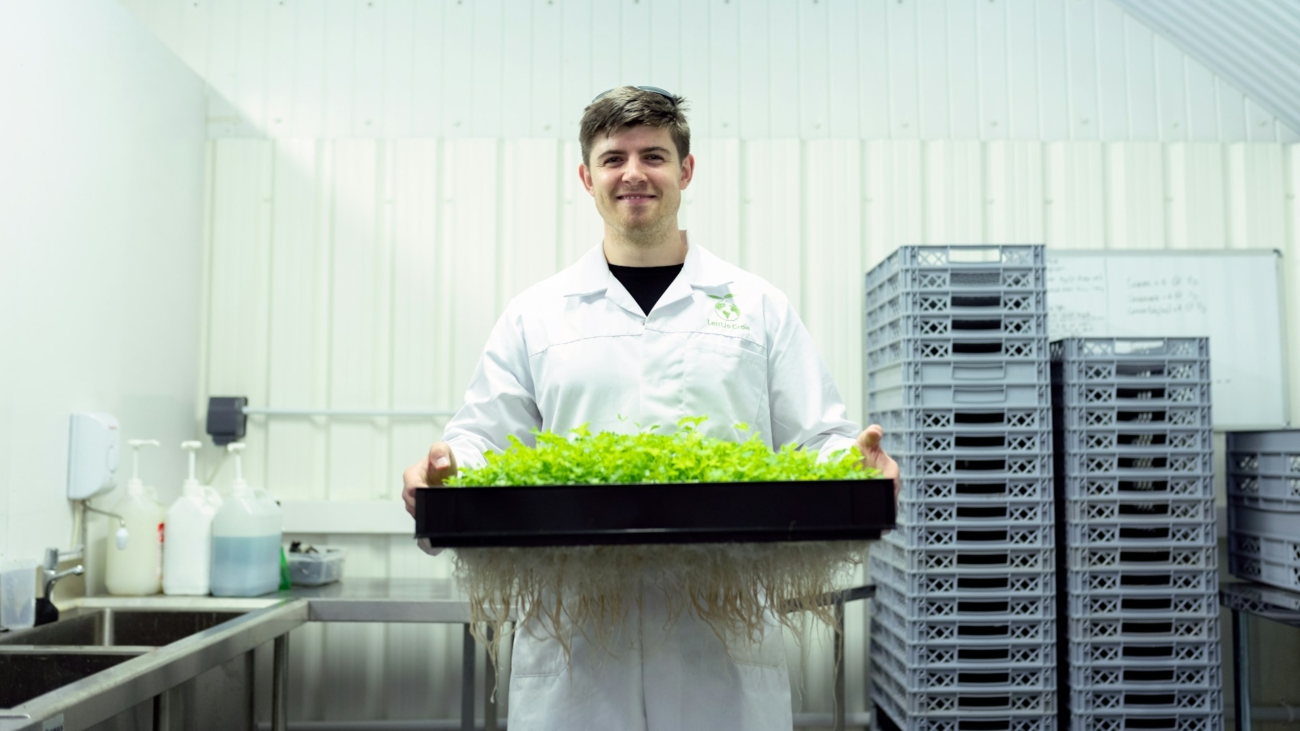Climate change poses a significant threat to agriculture, affecting crop yields and threatening food security. With the increasing unpredictability of weather patterns, traditional farming methods are becoming less reliable. However, advances in predictive analytics and artificial intelligence (AI) offer promising solutions to help farmers anticipate weather changes and optimize agricultural practices. This article explores the potential of predictive analytics in weather forecasting, its application in agriculture, and how digital tools can empower farmers to adapt to climate-induced challenges.
The Potential of Predictive Analytics in Weather Forecasting
Predictive analytics involves using historical data, machine learning algorithms, and statistical models to forecast future events. In the context of weather forecasting, predictive analytics can analyze vast amounts of meteorological data to predict weather patterns with greater accuracy. Key components of predictive weather analytics include:
- Data Collection: Gathering historical and real-time weather data from various sources such as satellites, weather stations, and IoT sensors.
- Data Processing: Cleaning and preprocessing the data to remove noise and ensure accuracy.
- Model Development: Developing machine learning models that can analyze data patterns and predict future weather conditions.
- Validation and Testing: Validating the models with historical data and testing them to ensure reliability and accuracy.
Application in Agriculture
Predictive analytics can significantly enhance agricultural productivity by providing farmers with timely and accurate weather forecasts. The key applications include:
- Sowing and Harvesting: Accurate weather predictions enable farmers to determine the optimal times for sowing and harvesting crops. By avoiding adverse weather conditions, farmers can maximize yield and reduce crop loss.
- Irrigation Management: Predictive analytics can forecast rainfall patterns, helping farmers plan irrigation schedules more efficiently. This ensures optimal water usage and prevents over-irrigation or drought stress.
- Pest and Disease Control: Weather conditions often influence the prevalence of pests and diseases. Predictive models can alert farmers about potential outbreaks, allowing for timely intervention and reducing crop damage.
- Fertilization: Weather forecasts can guide farmers on the best times to apply fertilizers, ensuring that nutrients are not washed away by unexpected rainfall and are available to crops when needed.
Strength of Weather Prediction in Climate-Change-Induced Regions
Predicting weather in regions affected by climate change is challenging due to the increased variability and frequency of extreme weather events. However, advances in technology and data science have improved the accuracy of weather models. Factors contributing to the strength of weather prediction in such regions include:
- High-Resolution Data: The availability of high-resolution satellite data and ground-based sensors provides detailed information on local weather conditions, enhancing prediction accuracy.
- Machine Learning Algorithms: Advanced machine learning algorithms can identify complex patterns in weather data, improving the reliability of forecasts even in highly variable climates.
- Real-Time Updates: Continuous data collection and real-time updates allow models to adjust predictions based on the latest information, increasing their relevance and accuracy.
Digital Tools and AI for Farmer Empowerment
To make predictive analytics accessible to farmers, digital tools and AI-based applications can be developed. These tools can provide personalized recommendations and actionable insights based on weather forecasts. Key components of such digital solutions include:
- Mobile Applications: User-friendly mobile apps can deliver real-time weather forecasts, alerts, and farming recommendations to farmers. These apps can be designed to work on low-cost smartphones, ensuring accessibility.
- AI-Based Decision Support Systems: AI algorithms can analyze weather data and provide tailored advice to farmers on irrigation, fertilization, and pest control. These systems can learn from historical data and continually improve their recommendations.
- Integration with IoT Devices: IoT sensors installed in fields can monitor soil moisture, temperature, and other environmental parameters. This data can be integrated with weather forecasts to provide precise and timely advice.
- Educational Content: Digital platforms can offer educational resources on climate-resilient farming practices, helping farmers understand and implement adaptive strategies.
Technical Implementation
The implementation of predictive analytics and digital tools for agriculture involves several technical steps:
- Data Integration: Combining weather data from multiple sources, including satellites, weather stations, and IoT sensors, to create a comprehensive dataset.
- Model Training: Using machine learning techniques to train predictive models on historical weather and agricultural data.
- Deployment: Deploying the models on cloud platforms to ensure scalability and accessibility. Mobile applications and web interfaces can be developed to deliver the forecasts and recommendations to farmers.
- Continuous Improvement: Implementing feedback loops to collect data on the effectiveness of recommendations and refine the models continuously.
Challenges and Considerations
While predictive analytics offers significant benefits, there are challenges to consider:
- Data Quality and Availability: Ensuring the availability of high-quality, high-resolution data is crucial for accurate predictions.
- Model Accuracy: Continuous validation and improvement of models are necessary to maintain accuracy, especially in regions with highly variable weather patterns.
- Accessibility and Usability: Designing user-friendly interfaces and ensuring that digital tools are accessible to farmers with varying levels of technical literacy.
- Scalability: Developing scalable solutions that can be deployed across diverse agricultural regions with different climatic conditions.
Conclusion
Predictive analytics and AI offer powerful tools to help farmers adapt to the challenges posed by climate change. By providing accurate weather forecasts and tailored recommendations, these technologies can enhance agricultural productivity, reduce risks, and promote sustainable farming practices. The development and deployment of digital tools that leverage predictive analytics will empower farmers, improve their resilience to climate variability, and contribute to food security. As technology continues to advance, the integration of predictive analytics into agriculture will become increasingly vital for mitigating the impacts of climate change on farming.

